

Articles
How To Store Paintings In Storage
Modified: December 7, 2023
Learn the best ways to store articles, including paintings, in storage units to protect them from damage. Find tips and tricks for proper art storage.
(Many of the links in this article redirect to a specific reviewed product. Your purchase of these products through affiliate links helps to generate commission for Storables.com, at no extra cost. Learn more)
Introduction
Welcome! If you are an art lover or artist looking to store paintings in a storage facility, you’ve come to the right place. Storing your valuable artwork requires careful consideration and proper techniques to ensure its preservation. Whether you’re moving, renovating, or simply need additional space, this article will guide you through the process of storing paintings in a storage facility.
Storing paintings is more than just finding a suitable space. It involves proper preparation, packaging, storage techniques, monitoring, and maintenance. By following the steps outlined in this article, you can ensure that your paintings remain in excellent condition, free from damage and deterioration while in storage.
Before delving into the specifics, it is crucial to choose the right storage facility for your paintings. Not all storage facilities are created equal, and selecting one that offers the ideal conditions for artwork storage is essential. Let’s explore some key factors to consider when choosing the right storage facility.
Key Takeaways:
- Choose a climate-controlled storage facility with robust security and minimal light exposure to preserve your paintings’ integrity and protect them from damage.
- Properly prepare, wrap, and store your paintings, regularly monitor and maintain their condition, and handle them with care to ensure their longevity and preservation.
Read more: How To Store Paint In Garage
Choosing the Right Storage Facility
1. Climate Control: Look for a storage facility that offers climate-controlled units. Fluctuations in temperature and humidity can have a detrimental impact on artwork, leading to warping, cracking, and mold growth. A climate-controlled unit ensures that the temperature and humidity remain stable, creating an optimal environment for storing your paintings.
2. Security Measures: The security of your artwork is of utmost importance. Ensure that the storage facility has robust security measures in place, such as surveillance systems, access controls, and alarms. This will provide peace of mind knowing that your paintings are protected.
3. Lighting: Consider the lighting conditions within the storage facility. Natural light, as well as certain types of artificial light, can cause fading and discoloration of paintings. Opt for a facility with minimal exposure to direct sunlight and proper lighting fixtures that won’t harm the artwork.
4. Insurance: Verify if the storage facility offers insurance coverage for stored items. While taking precautions is important, unforeseen disasters can still occur. Having insurance will provide added protection and financial relief in case of any damage or loss.
Now that you’ve identified a suitable storage facility, let’s move on to preparing your paintings for storage.
Preparing the Paintings for Storage
Preparing paintings for storage is a crucial step in ensuring their longevity. Follow these steps to protect your artwork:
1. Clean the Paintings: Before storing, ensure that your paintings are clean. Any dust or dirt on the surface can become embedded and cause damage over time. Use a soft, lint-free cloth or a brush with gentle strokes to remove any dirt particles.
2. Handle with Care: When handling the paintings, always wear gloves to avoid leaving fingerprints or transferring oils onto the surface. Hold the paintings by the frame or stretcher bars, avoiding direct contact with the painted surface.
3. Document and Photograph: Take detailed photographs and create an inventory of the paintings you are storing. This documentation will be valuable for insurance purposes and can aid in identification and appraisal if needed.
4. Make Repairs: If your paintings require any repairs, such as fixing loose canvas, peeling paint, or unstable frames, it is best to address these issues before storing them. Leaving them unattended can worsen the damage.
Now that your paintings are ready for storage, let’s explore the wrapping and packaging techniques to safeguard your artwork.
Key Takeaways:
- Choose a climate-controlled storage facility with robust security and minimal light exposure to preserve your paintings’ integrity and protect them from damage.
- Properly prepare, wrap, and store your paintings, regularly monitor and maintain their condition, and handle them with care to ensure their longevity and preservation.
Read more: How To Store Paint In Garage
Choosing the Right Storage Facility
When it comes to storing your precious paintings, selecting the right storage facility is paramount. You want to ensure that your artwork is stored in a secure and controlled environment to avoid any damage or deterioration. Here are some key factors to consider when choosing the ideal storage facility:
- Climate Control: One of the most critical aspects to look for in a storage facility is climate control. Extreme temperature fluctuations and high humidity can wreak havoc on paintings, leading to warping, cracking, and mold growth. Opt for a facility that offers climate-controlled units, where temperature and humidity levels can be regulated, ensuring a stable environment for your artwork.
- Security Measures: Artworks are valuable and deserve the best protection. Look for a storage facility that has robust security measures in place. This can include 24/7 surveillance systems, access controls, alarms, and on-site security personnel. A secure facility will give you peace of mind, knowing that your paintings are well-protected.
- Lighting: Lighting conditions inside the storage facility can have a significant impact on your paintings. Too much natural or artificial light exposure can cause fading and discoloration over time. Choose a facility with minimal exposure to direct sunlight and consider ones with proper lighting fixtures that won’t harm the artwork.
- Insurance: Accidents and unforeseen events can happen, no matter how careful we are. Therefore, it is essential to inquire about insurance coverage for your stored items. A storage facility that offers insurance will provide an added layer of protection and financial security in case of any damage, theft, or loss.
Additionally, it is a good idea to visit the storage facility in person before making a decision. Take note of the overall cleanliness and maintenance of the place. Look for any signs of pests or water leaks that could potentially damage your artwork. Pay attention to the organization and layout of the storage units and ensure they can accommodate the size of your paintings.
Lastly, consider the distance and convenience of the storage facility. Opt for a location that is easily accessible to you, so you can conveniently retrieve or monitor your paintings when needed. Keep in mind that proximity may impact the cost, so weigh your options accordingly.
By carefully considering these factors, you can choose a storage facility that meets all the necessary requirements to keep your paintings safe and well-preserved. Taking the time to select the right facility will give you peace of mind and ensure the longevity of your valuable artwork.
Preparing the Paintings for Storage
Properly preparing your paintings for storage is essential to ensure their protection and preservation during their time in the storage facility. Follow these steps to prepare your paintings for storage:
- Clean the Paintings: It is crucial to clean your paintings before storing them to remove any dust or dirt that could potentially cause damage over time. Use a soft, lint-free cloth or a brush with gentle strokes to wipe away any loose particles. Be careful not to apply excessive pressure or cleaning agents that could harm the artwork.
- Handle with Care: When handling your paintings, always remember to do so with care. Wear gloves to protect the artwork from fingerprints and oil transfer. It is best to hold the paintings by the frame or stretcher bars to avoid direct contact with the painted surface. This will help prevent any accidental damage or smudging of the paint.
- Document and Photograph: Before storing your paintings, document and photograph each piece. Create a detailed inventory that includes the title, artist, dimensions, and any other relevant information. Take clear, high-resolution photographs of the front, back, and sides of the artwork. This documentation will not only serve as a record but also be valuable for insurance purposes or should you need to authenticate or sell the artwork in the future.
- Make Repairs: Inspect your paintings for any existing damages or repairs that may be needed. Address any issues before placing the artwork in storage. Fix loose canvas, peeling paint, or unstable frames. This proactive approach will prevent further damage and ensure that your paintings remain in the best possible condition while in storage.
- Protective Layers: To provide an extra layer of protection during storage, consider placing a sheet of acid-free tissue paper or glassine between the painted surface and any protective wrapping. This will help prevent any direct contact or sticking between layers, especially if multiple paintings are stacked or stored closely together.
- Artwork Identification: Label each painting with a unique identification tag or sticker. Include the title, artist name, inventory number, and any other relevant information. This will make it easier to locate and identify specific pieces when you need to retrieve them from storage.
- Proper Framing: If your paintings are currently unframed or have fragile frames, consider adding protective layers, such as cardboard or foam, around the edges to prevent any accidental damage during handling or storage. Alternatively, you can opt for professional framing or protective crates for added security.
By following these steps and taking the necessary precautions, you can ensure that your paintings are properly prepared for storage. This preparation process will help safeguard your artwork from potential damage and ensure its longevity while in the storage facility. When your paintings are adequately prepared, it gives you peace of mind so you can focus on other aspects of your storage needs.
When storing paintings in a storage unit, make sure to wrap them in acid-free paper or bubble wrap to protect the surface. Store them upright and away from direct sunlight to prevent fading.
Read more: How To Store Unused Paint
Wrapping and Packaging Techniques
Once you have prepared your paintings for storage, the next step is to properly wrap and package them to provide an extra layer of protection. Effective wrapping and packaging techniques will help prevent damage from moisture, dust, and physical impacts. Here are some techniques to follow:
- Use Acid-Free Materials: When it comes to wrapping your paintings, it is crucial to use acid-free and archival-quality materials. Acid-free tissue paper or glassine should be used to cover the painted surface before any other protective layers are applied. Acid-free materials help prevent chemical reactions that can lead to discoloration or degradation of the artwork.
- Padding: To provide cushioning and protect the delicate edges and corners of your paintings, use foam or bubble wrap. Cut pieces of foam or bubble wrap slightly larger than the dimensions of the painting and place them around the edges. Secure the padding with tape, making sure it is snug but not too tight.
- Protective Sleeves or Sheaths: For additional surface protection, consider placing your wrapped paintings into acid-free plastic sleeves or sheaths. These can help guard against moisture, dust, and minor scratches during handling and storage. Make sure the sleeves are properly sealed or sealed with archival-quality tape.
- Sturdy Cardboard or MDF Panels: For added rigidity and protection, place your wrapped and sleeved paintings between sturdy cardboard or medium-density fiberboard (MDF) panels. These panels will provide stability and prevent bending or warping. Insert the panels into the protective sleeves or wrap the entire package with additional protective materials.
- Secure and Seal: Once your paintings are protected, secure the entire package with acid-free masking tape or archival-quality packing tape. Make sure the tape is applied firmly but not too tight to avoid causing any pressure on the artwork. Double-check that all edges and corners are properly sealed to prevent any exposure to moisture or dust.
- Label and Document: Clearly label each package with the artist’s name, title of the artwork, and any other identification details. This will help you easily identify the paintings when retrieving them from storage. Keep a detailed inventory of all the paintings you have stored, including their location in the storage facility, for easy reference.
- Proper Packing in Storage Unit: When it comes to storing your wrapped and packaged paintings, place them in an upright position to minimize any pressure on the artwork. Avoid stacking heavy items or placing other objects on top of the paintings to prevent any accidental damage. Keep the paintings away from walls or areas that may be prone to moisture or temperature fluctuations.
By following these wrapping and packaging techniques, you can ensure that your paintings are properly protected during their stay in the storage facility. Remember, the goal is to create a secure and controlled environment for your artwork, safeguarding it from any potential harm. With these techniques, you can have peace of mind knowing that your precious paintings are well-preserved and ready to be stored.
Storing the Paintings Correctly
Now that your paintings are properly prepared, wrapped, and packaged, it is time to focus on storing them correctly in the storage facility. Proper storage techniques will ensure the longevity and preservation of your artwork. Here are some key considerations to keep in mind:
- Choose the Right Location: When selecting the location within the storage unit for your paintings, opt for an area away from doors, windows, and any potential sources of moisture or temperature fluctuations. Additionally, consider storing your paintings off the ground to protect against potential water damage.
- Upright Position: Whenever possible, store your paintings in an upright position. This helps minimize the risk of warping or sagging. If your storage space allows, consider investing in vertical storage racks or adjustable shelving units designed specifically for artwork storage. Ensure that the paintings are properly supported to prevent any unnecessary pressure or stress on the surface.
- Avoid Direct Contact: When placing your paintings in storage, make sure they are not in direct contact with each other or any other objects. This helps prevent any potential damage from scratches, pressure, or the transfer of substances. Use foam strips or separators to create space between each painting, especially if they are of different sizes or mediums.
- Monitor Temperature and Humidity: Regularly monitor and maintain the temperature and humidity levels within the storage facility. Aim for a stable environment with a temperature between 60-75°F (15-24°C) and a relative humidity level of 40-50%. Fluctuations in temperature and humidity can lead to condensation, mold growth, or the deterioration of the artwork.
- Avoid Exposure to Light: Light exposure can cause fading and discoloration of paintings over time. Whenever possible, store your paintings in a dark or low-light environment. If your storage unit has windows or ample natural light, consider using blackout curtains or covers to shield your artwork from any potential harmful light exposure.
- Regular Inspection: Set aside time periodically to inspect your stored paintings. Check for any signs of pests, mold, or humidity issues. If you notice any problems, take immediate action to address them. Regular inspections will help identify and prevent any potential damage in a timely manner.
- Security Measures: Ensure that the storage facility has proper security measures in place to protect your paintings. This can include surveillance cameras, access controls, and secure locks. Additionally, consider adding an extra layer of security by placing your paintings in a locked storage unit with limited access.
- Keep Records: Maintain detailed records of the paintings you have stored, including their location within the storage facility. This will make it easier to retrieve specific pieces when needed and keep track of any changes or movements within your storage space.
By following these guidelines and storing your paintings correctly, you can ensure their safekeeping and preservation in the storage facility. Remember to always prioritize the protection and long-term care of your artwork when making decisions regarding storage.
Monitoring and Maintenance in Storage
Once your paintings are safely stored in a storage facility, it is important to implement proper monitoring and maintenance practices to ensure their continued preservation. Regular monitoring and preventive maintenance will help identify and address any issues that may arise. Here are some essential steps to follow:
- Regular Inspections: Schedule regular visits to your storage unit to inspect your paintings. Look for any signs of damage, such as cracks, warping, mold, or pest infestations. Promptly address any issues you discover to prevent further damage.
- Temperature and Humidity Control: Continuously monitor the temperature and humidity levels within the storage facility. Fluctuations in temperature and humidity can have detrimental effects on paintings. Use a hygrometer and thermometer to ensure that the environment remains within the recommended ranges.
- Moisture Absorption: Consider placing desiccants or moisture-absorbing materials, such as silica gel packets, in your storage unit to control moisture levels. These materials help prevent mold growth and mitigate the risk of condensation on the paintings.
- Pest Prevention: Implement preventive measures to protect your paintings from potential pest infestations. Regularly inspect your storage unit for any signs of pests, such as droppings, dead insects, or damaged packaging. Consider using pest repellents or traps to deter pests from infiltrating your storage space.
- Handling with Care: When retrieving or rearranging your paintings in the storage unit, always handle them with care. Wear gloves to prevent any transfer of oils or dirt onto the artwork. Make sure to support the artwork properly and avoid placing any undue pressure or stress on the surface.
- Regular Dusting: Dust can accumulate over time, potentially causing damage to the artwork’s surface. Periodically dust the frames, packaging, and storage shelves to minimize the risk of dust settling on the paintings. Use a soft, lint-free cloth or a brush specifically designed for delicate surfaces to remove any dust particles.
- Documentation and Updates: Keep your inventory list and documentation up to date. Whenever you retrieve or store paintings, make note of any changes in location or condition. Update your records accordingly to maintain an accurate and organized inventory of your stored artwork.
- Professional Conservation Assistance: Consider consulting a professional conservator for periodic evaluations and recommendations on the preservation of your artwork. They can provide expert advice on handling, environmental conditions, and any specific conservation needs that may arise.
- Insurance Coverage: Review your insurance coverage regularly to ensure that your stored paintings are adequately protected. Update your insurance policy if necessary and keep copies of the policy in a separate location for safekeeping.
By implementing these monitoring and maintenance practices, you can ensure that your paintings remain in optimal condition while in storage. Regular monitoring and preventive measures will help identify and address any potential issues before they escalate, allowing you to preserve the integrity and value of your artwork.
Retrieving the Paintings from Storage
Eventually, there may come a time when you need to retrieve your paintings from storage. Whether it’s for an upcoming exhibition, a new home, or any other reason, proper retrieval techniques are crucial to ensure the safe transportation and handling of your artwork. Follow these steps to retrieve your paintings from storage:
- Plan Ahead: Before retrieving your paintings, have a clear plan in place. Make a list of the specific paintings you need to retrieve and any additional supplies or materials you may require, such as packing materials or gloves. This preparation will streamline the retrieval process and help avoid any unnecessary delays.
- Contact the Storage Facility: Reach out to the storage facility in advance to schedule a convenient time for retrieval. Confirm the availability of your paintings and any specific protocols or requirements they may have for retrieving artwork.
- Bring Necessary Supplies: Gather all the necessary supplies and tools you will need for safe handling and transportation of the paintings. This may include gloves, wrapping materials, packing tape, and a suitable means of transportation, such as a padded vehicle or a professional art transport service.
- Inspect the Paintings: Before moving the paintings, carefully inspect each piece for any signs of damage or deterioration. Take note of any changes or issues that may have occurred while in storage. Document the condition of the paintings to update your records or for insurance purposes, if necessary.
- Handle with Care: When handling the paintings, remember to do so with extreme care. Wear gloves to prevent any oils or dirt from transferring onto the artwork. Hold the paintings by the frame or stretcher bars, avoiding any direct contact with the painted surface. Lift and move the paintings smoothly and steadily to minimize any risk of damage.
- Repackage if Necessary: If the original packaging or wrapping of the paintings has been compromised during storage, repackage them using fresh, acid-free materials. Ensure that the paintings are adequately protected and secured for transport.
- Transportation: Use a padded vehicle or a professional art transport service for safe transportation of the paintings. Secure the paintings carefully to prevent any shifting or damage during transit. Avoid placing heavy objects on top of the paintings and ensure they are protected from extreme temperatures and direct sunlight.
- Reinstallation or Display: Once you have safely transported the paintings to their new location, carefully unpack and inspect them again. Take the necessary steps to rehang or display the artwork according to your plans. Ensure that the new environment provides proper climate control and lighting conditions to maintain the integrity of the paintings.
By following these steps and being diligent in your handling and transportation, you can successfully retrieve your paintings from storage without risking any damage or deterioration. Remember, proper planning, careful handling, and attention to detail are key to preserving the beauty and value of your artwork.
Read more: How To Store Latex Paint
Conclusion
Storing paintings in a storage facility requires careful planning, preparation, and implementation of proper techniques. By following the steps outlined in this article, you can ensure that your valuable artwork remains well-preserved and protected during its time in storage.
Choosing the right storage facility is crucial. Look for a facility that offers climate control, robust security measures, and minimal exposure to light. Insurance coverage can provide added peace of mind in case of unforeseen events.
Preparing your paintings for storage is essential. Clean them carefully, handle them with care, and make any necessary repairs before storing. Document and photograph each painting for insurance and identification purposes.
When it comes to wrapping and packaging techniques, use acid-free materials, provide padding, and protect the paintings with sleeves or sheaths. Sturdy cardboard or MDF panels can add extra protection.
Storing the paintings correctly involves choosing the right location, storing them upright, and avoiding direct contact between paintings. Monitor temperature, humidity, and security measures regularly to maintain an ideal storage environment.
Regular monitoring and maintenance are vital to preserve your artwork. Inspect the paintings periodically, control temperature and humidity levels, and prevent any potential pest infestations. Dusting and proper handling should also be part of your routine.
When the time comes to retrieve your paintings from storage, plan ahead, gather the necessary supplies, inspect the artwork, handle it with care, and ensure proper transportation. Finally, repackage and reinstall the paintings in their new location.
By following these guidelines, you can ensure the longevity and protection of your valuable paintings while they are in storage. Each step, from choosing the right facility to retrieving the artwork, contributes to maintaining their condition and preserving their beauty for years to come.
Remember, the preservation of artwork is an ongoing process. Stay vigilant, maintain regular monitoring and maintenance practices, and always prioritize the proper care and handling of your artwork. With these efforts, you can enjoy your artwork for generations to come, knowing that you have taken the necessary steps to preserve its integrity and value.
Frequently Asked Questions about How To Store Paintings In Storage
Was this page helpful?
At Storables.com, we guarantee accurate and reliable information. Our content, validated by Expert Board Contributors, is crafted following stringent Editorial Policies. We're committed to providing you with well-researched, expert-backed insights for all your informational needs.

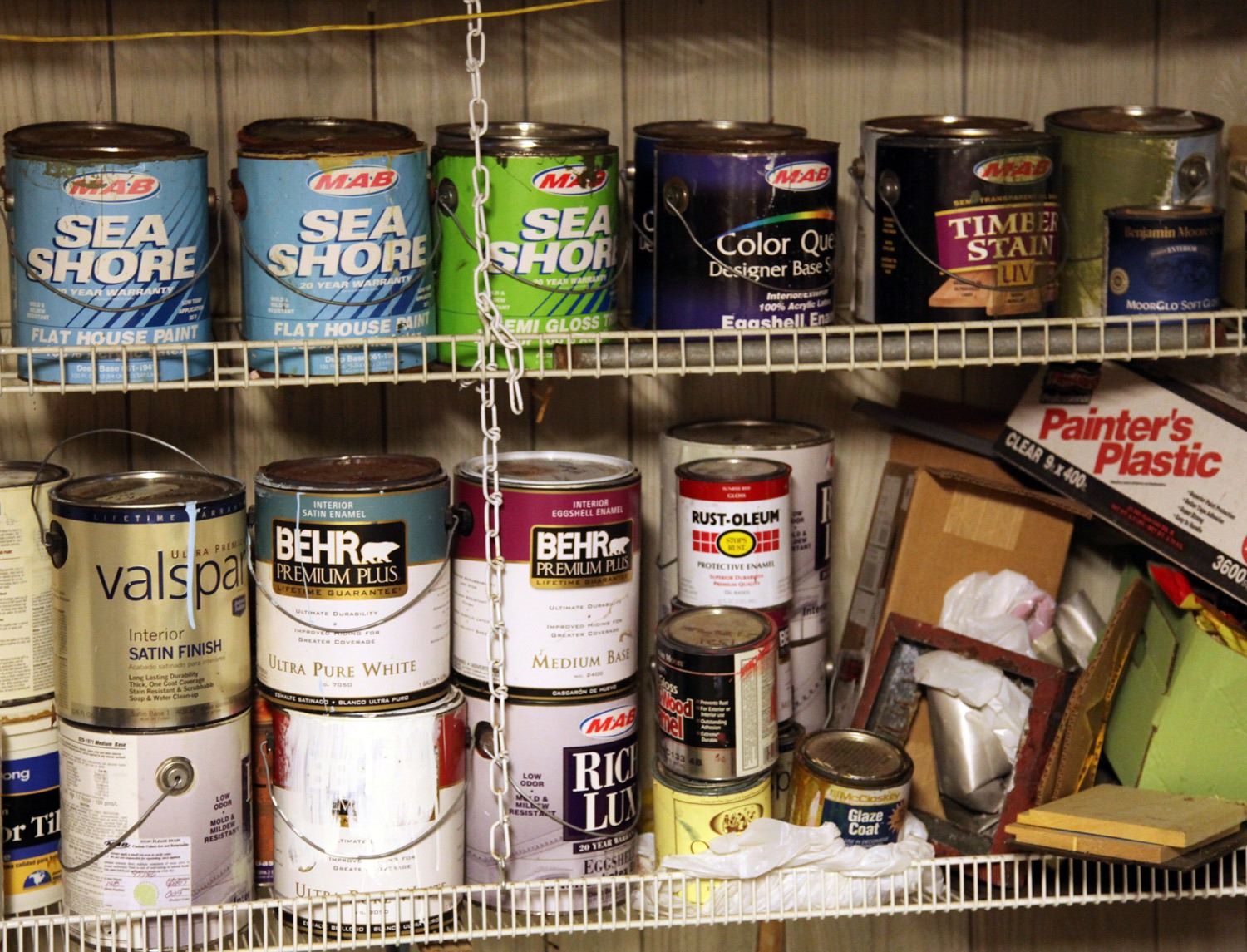
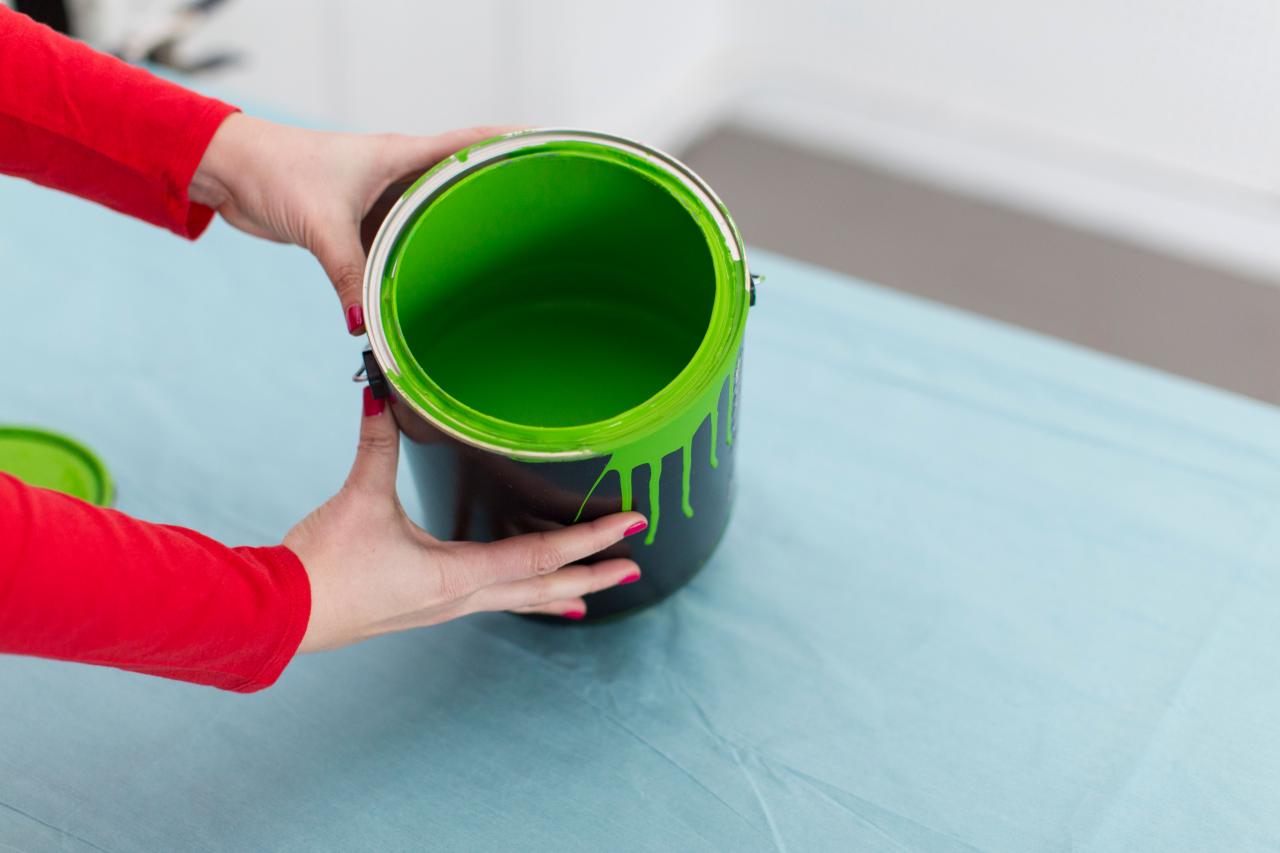
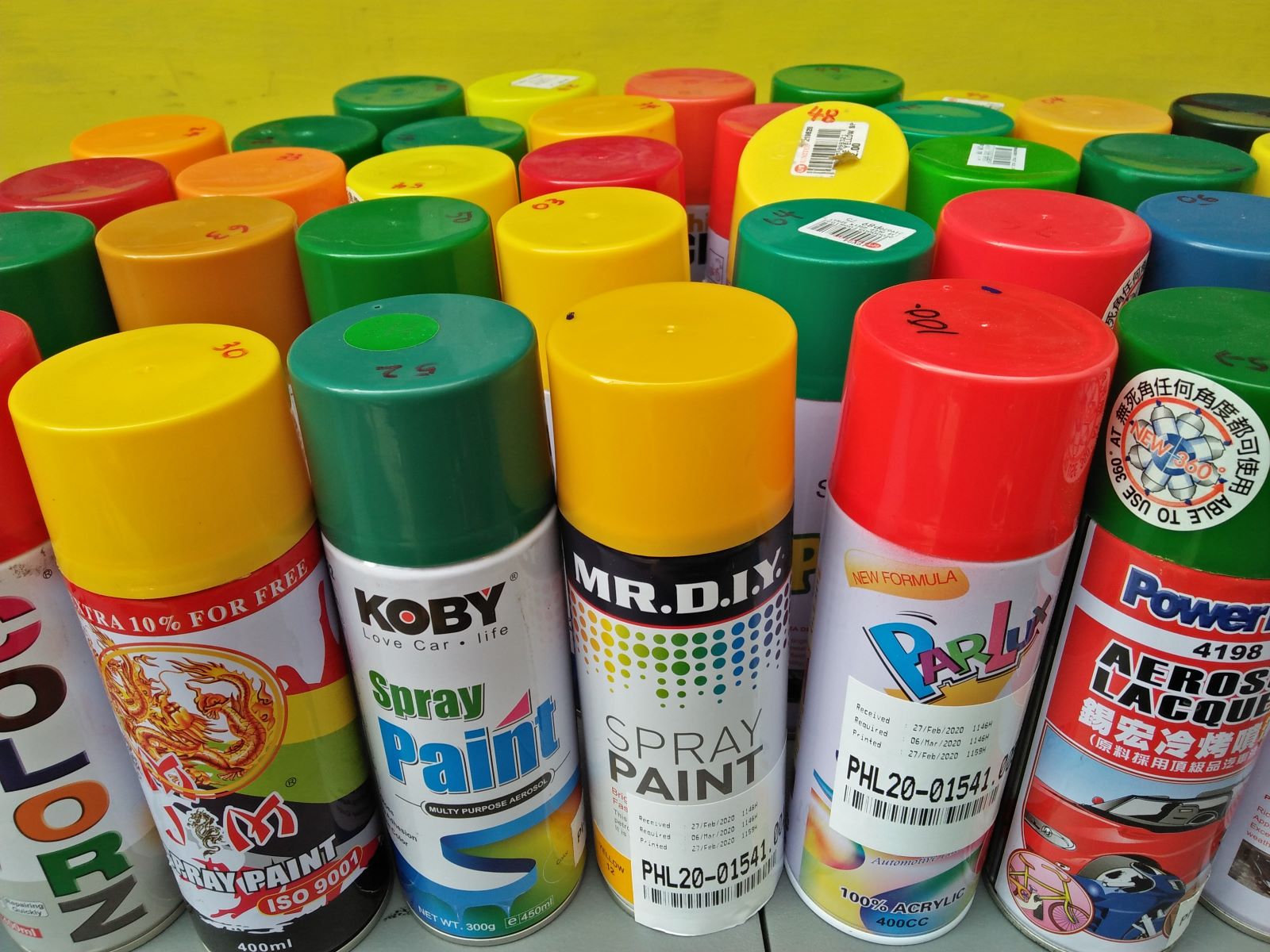
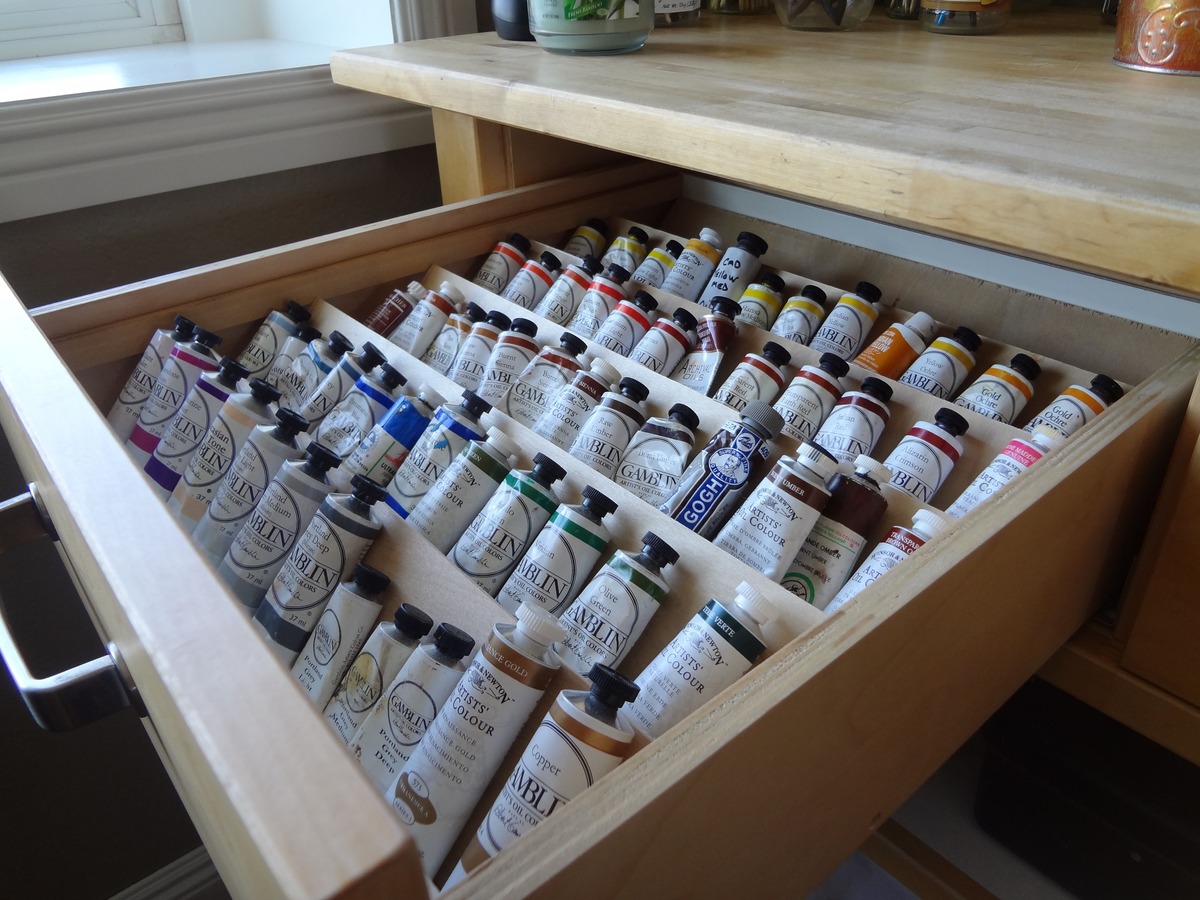
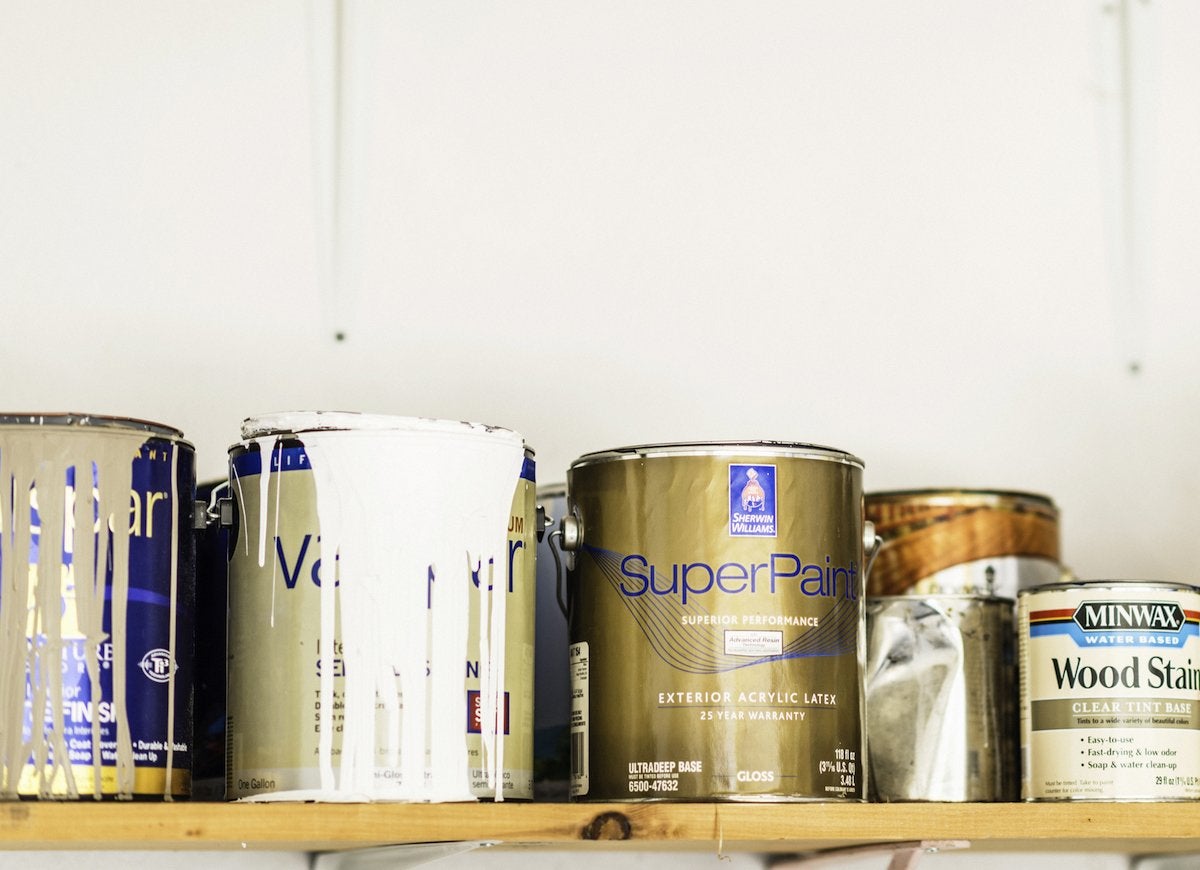
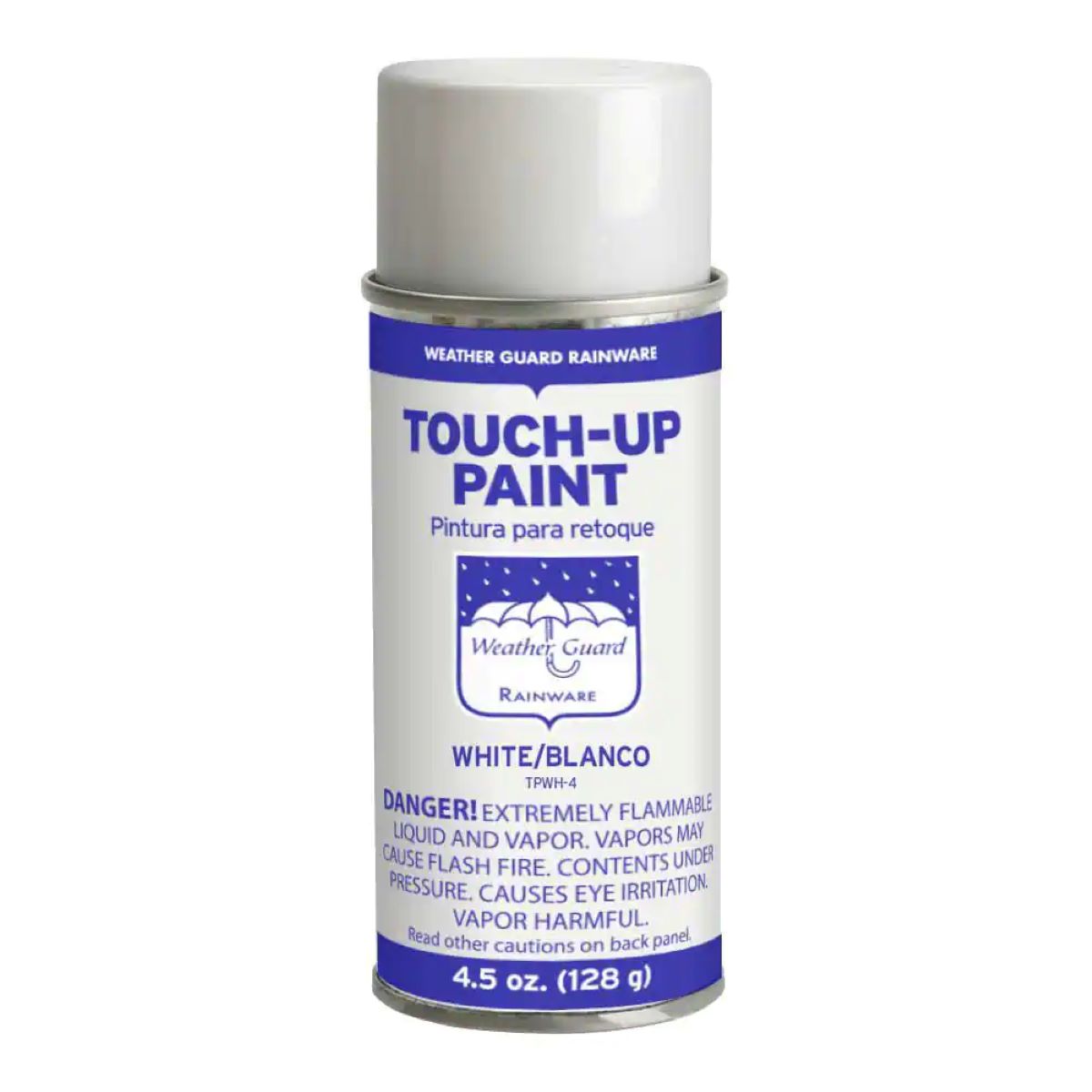

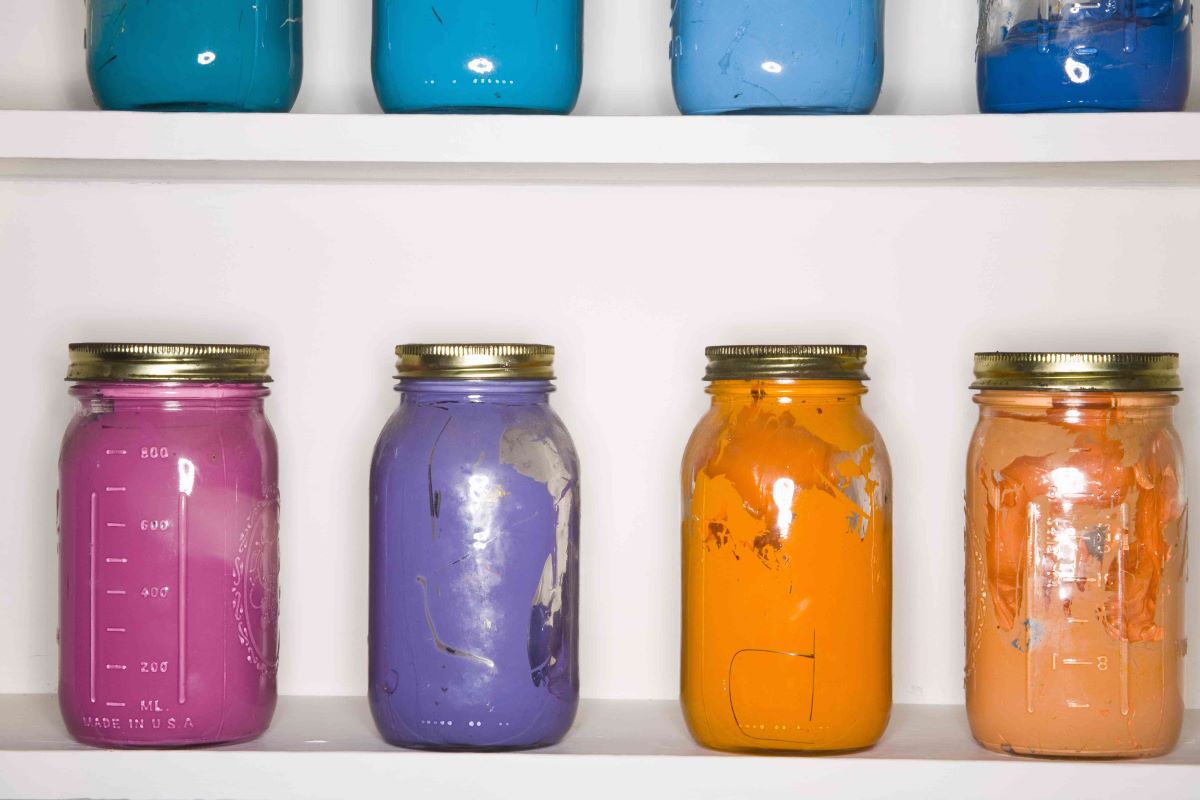
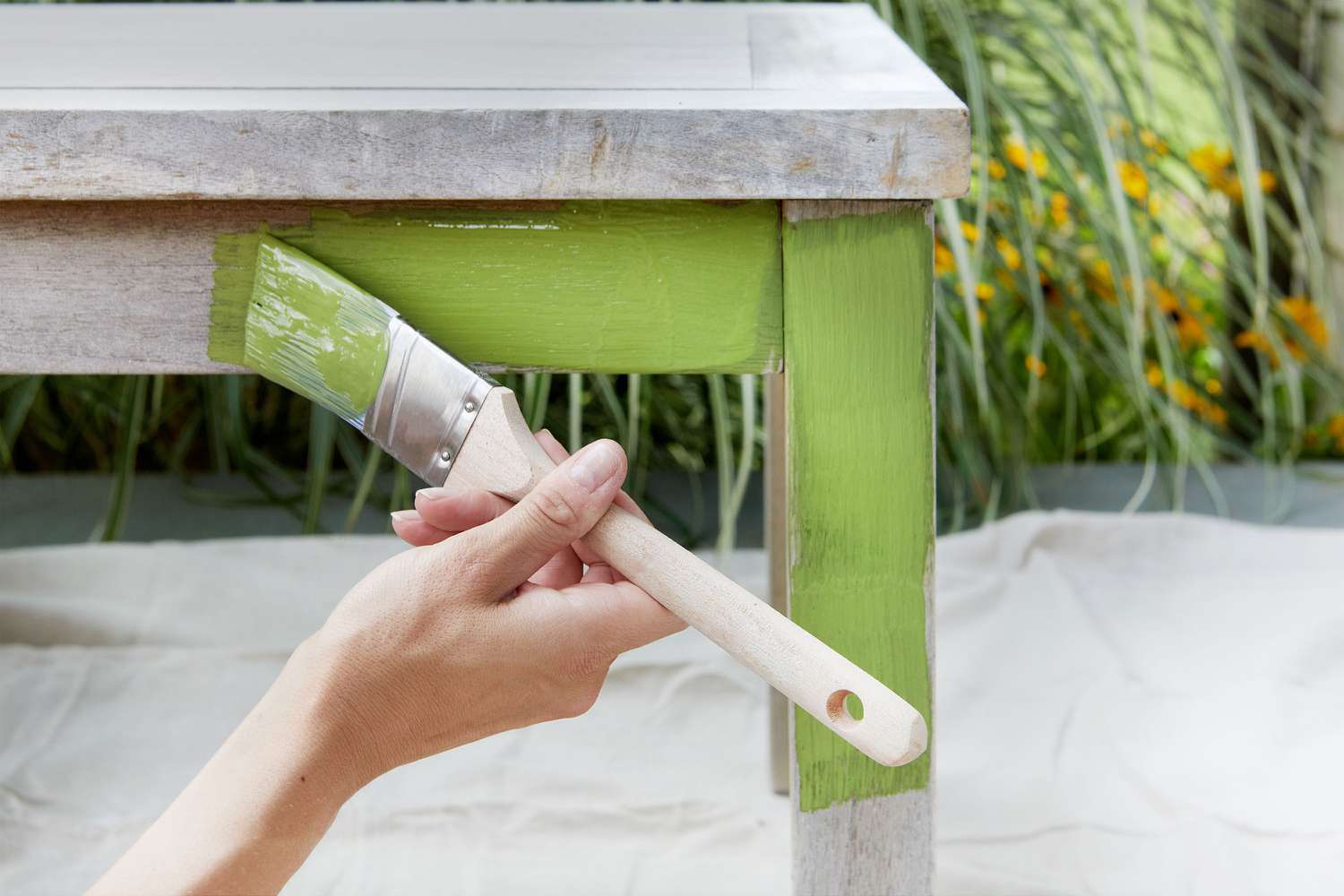

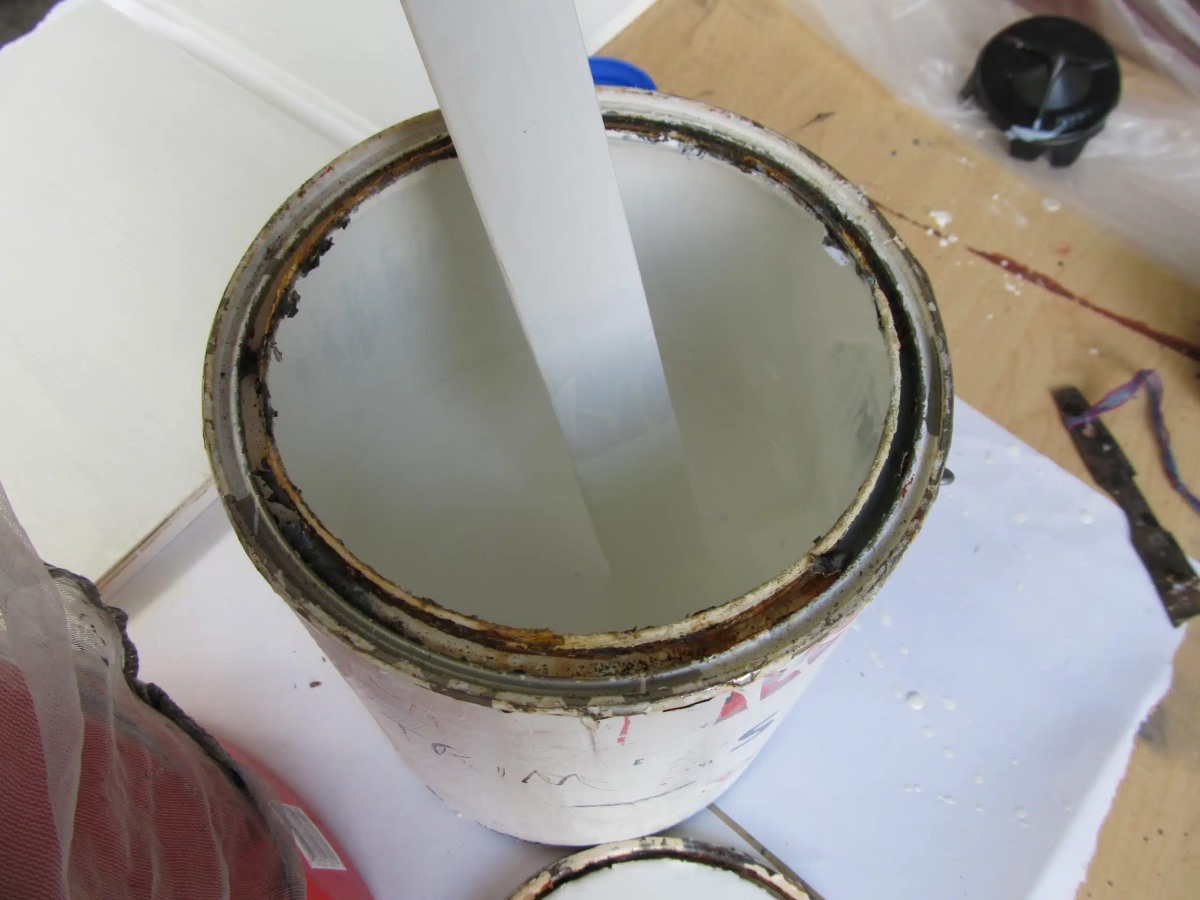


0 thoughts on “How To Store Paintings In Storage”